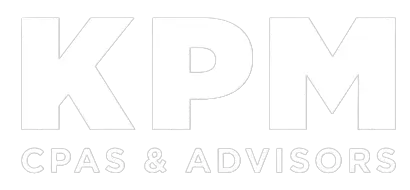Payroll fraud – for employers aiming to protect their organizations from fraud, payroll is a prime target that requires vigilant safeguarding. Payroll often becomes a focal point for fraudulent activities, given its direct connection to finances.
According to the Association of Certified Fraud Examiners’ Occupational Fraud 2024: A Report to the Nations, 15% of all occupational fraud schemes in the U.S. and Canada involve payroll, with these schemes typically lasting 18 months before detection and causing an average loss of $2,800 per month.
Clearly, the stakes are high, and payroll fraud can occur in various forms. Here are five of the most common types.
Common Payroll Fraud Types
1. Workers’ Compensation Insurance Fraud
Employees who are legitimately injured on the job generally are entitled to receive workers’ comp benefits. But some employees fabricate injuries and make fraudulent claims. Crimes of this nature can elevate your insurance premiums and cause substantial out-of-pocket losses for self-insured employers.
To help prevent fraud, establish detailed policies and procedures for handling workers’ comp claims — including how to report injuries. Installing surveillance cameras to capture any workplace injuries may also help.
2. Buddy Punching
This term is used to describe when one employee improperly punches a time clock for another employee to inflate hours on a time sheet. It usually means lower productivity and indicates a general culture of dishonesty. Time-tracking apps may help curtail buddy punching to some extent, but employees can still share login credentials and devices to cheat.
Be sure to create, distribute and enforce clear rules about recording time worked. If buddy punching becomes a recurring issue, require workers to verify their identities with ID cards, face recognition or fingerprints. Be sure supervisors are carefully reviewing time sheets and noting suspicious behavior.
3. Bonus & Commission Fraud
Many employers offer bonuses or commissions for meeting sales goals or other benchmarks. These can be valuable incentives that drive productivity. Unfortunately, they can also tempt dishonest employees to fudge the numbers. The temptation can be particularly great in stressful environments where competition is fierce, and goals are tough to achieve.
Providing a level playing field and making goals achievable generally helps tamp down the kind of resentment and desperation that may lead employees to commit this type of fraud. Also, monitor bonuses and commissions paid every payroll period. If any amount seems unusual or excessive, investigate it.
4. Ghost Employees
Accounting department staffers, or anyone with access to payroll records, can create “ghost” (nonexistent) employees and start issuing paychecks to them. The checks typically are deposited in accounts set up by the perpetrators. Although these criminals usually invent names for their fictitious employees, they sometimes use identities of former employees to collect wages illegally.
Regularly review payroll records to ensure there aren’t any ghosts on the books. One red flag to look for is unfamiliar names that share personal information with other employees, such as having the same home address or phone number.
5. Expense Reimbursement Fraud
This is an especially common form of wrongdoing. Some employees may not even think that falsifying expenses for business trips is unethical because they believe “everyone does it.” If you don’t have a detailed expense reimbursement policy that requires, for example, employees to substantiate claims with receipts and obtain manager sign off, establish one immediately.
Expense reimbursement fraud is serious and may get employers — not just their employees — in trouble with taxing authorities. Stay apprised of the latest IRS rules on reimbursing employees’ expenses. We can answer any questions you have about those rules or any aspect of payroll fraud prevention – contact us.

